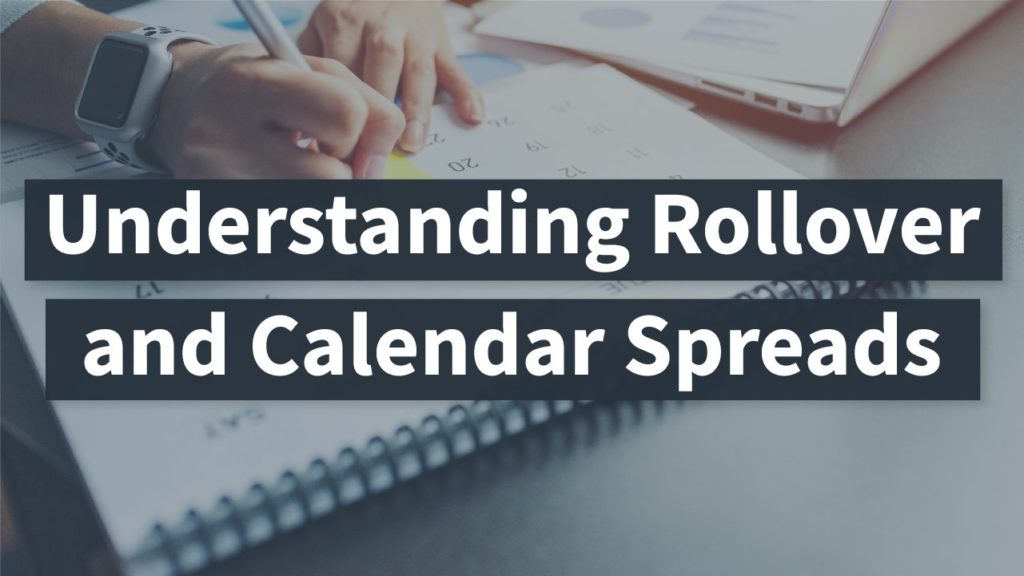Allowed Instruments: Topstep traders are allowed to trade Futures products only, listed on the following exchanges: CME, COMEX, NYMEX & CBOT. Trading of Stocks, Options, Forex, Cryptocurrency and CFD’s are not permitted nor available in our program or platforms.
Trader Evaluation Disclaimer: The Trading Combine is a realistic simulation of trading under actual market conditions and is difficult to pass even for experienced traders. The Trading Combine is not suggested for individuals with minimal trading experience.
To promote responsible trading and mitigate Prohibited Conduct, such as exploiting the simulated environment, trading activity will be subject to review by our Risk and Compliance Teams. If Topstep identifies trading activity that, in its sole discretion, relates to Prohibited Conduct, Topstep reserves the right to, delete the trading day and all profits, restart the account, or close the account. Additionally, in its sole discretion, Topstep may ban the trader from using all or a portion of the Site and Services.
All content published and distributed by Topstep LLC and its affiliates (collectively, the “Company”) is to be treated as general information only. None of the information provided by the Company or contained herein is intended as (a) investment advice, (b) an offer or solicitation of an offer to buy or sell, or (c) a recommendation, endorsement, or sponsorship of any security, company, or fund. Testimonials appearing on the Company’s websites may not be representative of other clients or customers and is not a guarantee of future performance or success. Use of the information contained on the Company’s websites is at your own risk and the Company and its partners, representatives, agents, employees, and contractors assume no responsibility or liability for any use or misuse of such information.
Futures trading contains substantial risk and is not for every investor. An investor could potentially lose all or more than the investor’s initial investment. Only risk capital—money that can be lost without jeopardizing one’s financial security or lifestyle—should be used for trading and only those individuals with sufficient risk capital should consider trading. Nothing contained herein is a solicitation or an offer to buy or sell futures, options, or forex. Past performance is not necessarily indicative of future results.
CFTC Rule 4.41 – Hypothetical or Simulated performance results have certain limitations. Unlike an actual performance record, simulated results do not represent actual trading. Also, because the trades have not actually been executed, the results may have under-or-over compensated for the impact, if any, of certain market factors, such as lack of liquidity. Simulated trading programs, in general, are also subject to the fact that they are designed with the benefit of hindsight. No representation is being made that any account will or is likely to achieve profit or losses similar to those shown.
TopstepTV Disclaimer: All opinions expressed by TopstepTV LLC show participants, hosts, guests, and personalities (collectively, “Show Participants”) are solely those individual’s current opinions and do not reflect the opinions of TopstepTV LLC or its parent company, affiliates, or subsidiaries, or the companies with which the Show Participants are affiliated and may have been previously disseminated by them. The Show Participants’ opinions are based on information the Show Participants consider reliable, but none of TopstepTV LLC or its parent companies, affiliates, or subsidiaries, or the companies with which the Show Participants are affiliated represent, warrant, or otherwise guarantee its completeness or accuracy, and it should not be relied upon as such. No part of the Show Participants’ compensation from TopstepTV LLC is related to the specific opinions they express.
Past performance is not indicative of future results. Neither the Show Participants nor TopstepTV LLC guarantee any specific outcome or profit in any manner. Further, you should be aware of the real risk of loss in following any advice, strategy or investment discussed on the shows. Such strategies or investments discussed can fluctuate in price or value, and such strategies or investments may not be suitable for you. You should make your own independent decision regarding any strategies or investments.
This material does not take into account your particular investment objectives, financial situation or needs, and the material is not intended as any form of recommendation appropriate for you. We strongly encourage you to consider seeking advice from your own investment advisor.
© 2025 – Topstep LLC. All rights reserved. TopstepTrader, The Chevron Logo, Topstep, Trading Combine, and Funded Account are all trademarks of TopstepTechnologies LLC.
Site by Rule29
